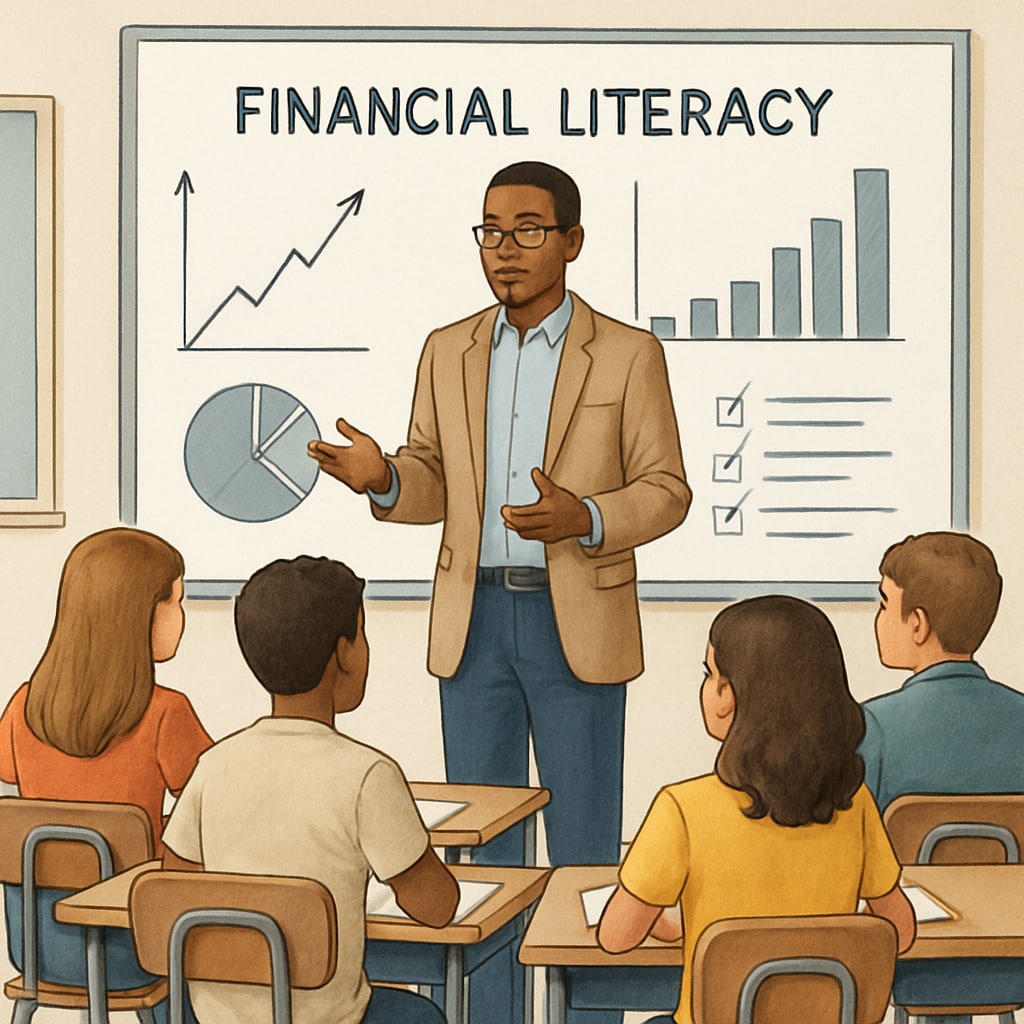For many students, the dream of higher education is often accompanied by the harsh reality of financial constraints. The keywords “tuition, crowdfunding, and medical school applications” encapsulate a growing trend where students turn to platforms like GoFundMe to raise money for their final semester or application fees. This practice sheds light on a significant issue in education: the lack of accessible, proactive financial support systems that could prevent such situations from arising. Addressing this gap requires a reevaluation of how financial literacy and support structures are integrated into the K12 education system.
Understanding the Financial Burden of Higher Education
The cost of higher education continues to rise, with many students struggling to make ends meet. According to a report by the National Center for Education Statistics, the average annual tuition for a four-year public college in the U.S. is over $10,000 for in-state students. For those pursuing specialized fields like medicine, the financial demands are even higher, often including application fees, exam costs, and relocation expenses.
When faced with these challenges, some students resort to crowdfunding. While it can provide short-term relief, it also highlights systemic issues. Crowdfunding is not a sustainable solution; rather, it underscores the need for robust financial education and accessible support systems that could have been introduced during early schooling years.

The Role of K12 Education in Financial Preparedness
Financial literacy is a critical skill that remains underemphasized in many K12 curricula. Early exposure to concepts like budgeting, saving, and investing could equip students with the tools they need to navigate the financial challenges of higher education. For example, understanding how to apply for scholarships, manage student loans, or create a savings plan could significantly reduce the need for last-minute financial interventions like crowdfunding.
In addition to financial literacy, schools can also play a role in connecting students with resources. Partnerships with community organizations, local businesses, and financial institutions can provide scholarships, internships, or financial counseling. These initiatives not only offer direct support but also help students build a network of resources they can rely on throughout their academic journey.

Practical Steps to Build a Comprehensive Financial Support Network
To ensure that no student has to rely on crowdfunding to pay for their education, a multi-faceted approach is required. Below are some practical steps:
- Integrate Financial Education: Include financial literacy as a mandatory part of the K12 curriculum, covering topics like budgeting, credit management, and student loan options.
- Increase Access to Scholarships: Simplify the application process for scholarships and ensure that information is readily available to all students.
- Promote Early Savings Plans: Encourage families to start saving for college early through programs like 529 plans, which offer tax advantages.
- Establish Emergency Funds: Create school or community-based emergency funds to assist students facing unexpected financial challenges.
- Foster Public-Private Partnerships: Collaborate with businesses and nonprofits to provide financial assistance, mentorship, and career opportunities.
Implementing these measures requires collective effort from educators, policymakers, and communities. By addressing financial challenges proactively, we can prevent situations where students are forced to choose between their education and financial stability.
Conclusion: Bridging the Gap Between Aspirations and Reality
The increasing reliance on crowdfunding for tuition reflects broader issues in the education system. While platforms like GoFundMe can offer temporary relief, they are not a long-term solution. Instead, the focus should be on building comprehensive financial support networks that begin in the K12 years and continue through higher education. By prioritizing financial literacy, increasing access to resources, and fostering community support, we can ensure that every student has the opportunity to pursue their dreams without financial barriers.
Education is not just an investment in an individual; it is an investment in the future of society. Let us work together to ensure that no student has to abandon their aspirations due to financial constraints.
Readability guidance: This article uses short paragraphs and lists to enhance readability. Transitions such as “however,” “in addition,” and “for example” are used to ensure smooth flow. Active voice is prioritized, and technical terms are explained for clarity.


